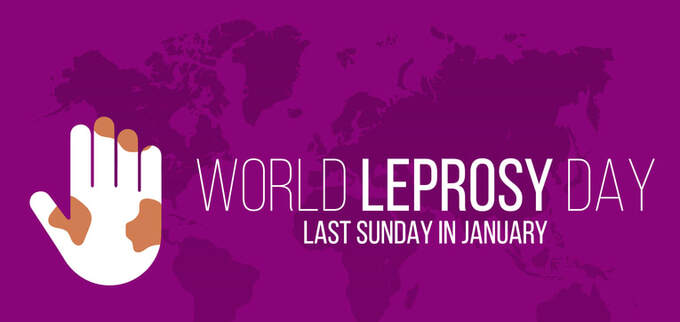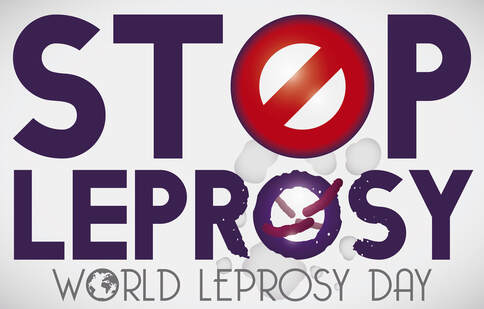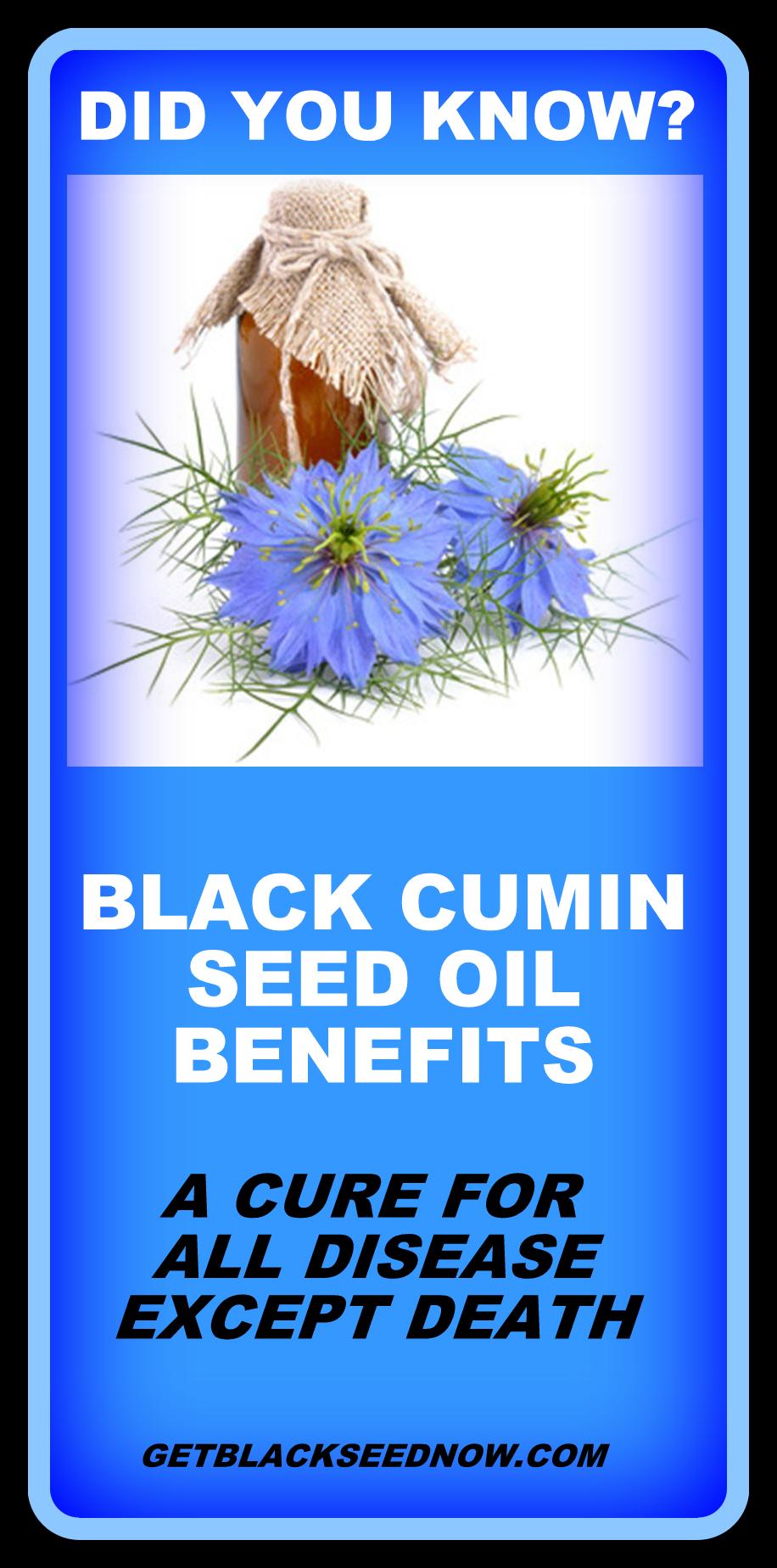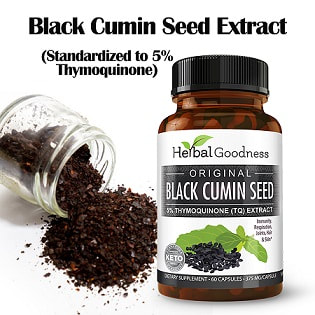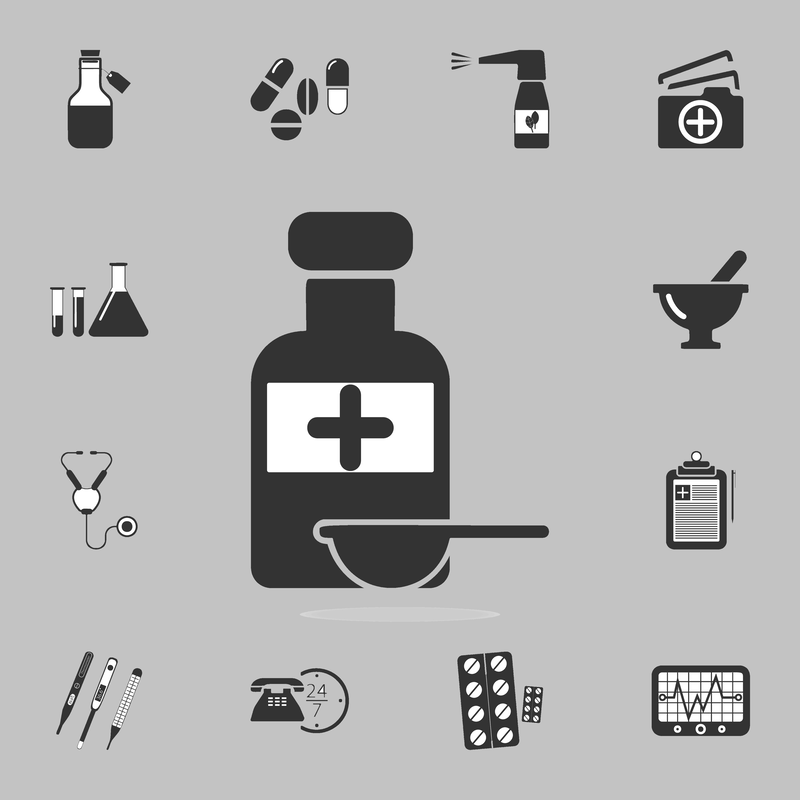- HOME - START HERE
- CONSULTATION SERVICES
- 911 EMERGENCY
- EBOOKS
- Store
- DOSAGES
- HOW TO TAKE
- ANTI-AGING
- CBD AND NIGELLA SATIVA
- RESEARCH SHOWS THAT CANCER RATES WILL RISE DRASTICALLY OVER THE COMING YEARS
- FIBRO CATEGORY
- HERPES CATEGORY
- HIV- Category
- Honey - Category
- Pets
- Top 20 Reasons to use Black Cumin Oil and Capsules
- STROKES CATEGORY
- WEIGHT LOSS CATEGORY
- ANSWER THE QUESTIONS
- Articles
- BLACK SEED OIL IS BETTER THAN TYLENOL FOR ARTHRITIS RELIEF
- Migraines - Headaches - 12 Remedies with Pictures
- My Protocol for Dementia Recovery
- PCOS and Nigella Sativa
- PRIVACY POLICY - GDPR COMPLIANT
- My Team
- About
- Healthy Articles
- Nigella Sativa Online Courses - Part 1
- Childhood Epilepsy
- Natural Diuretics
- Healing Effect on Sarcoidosis
- Nigella Sativa Respiratory Illness
- Cardiovascular Disease
- Depression and COVID19
- 12
- How to Use Nigella Sativa
- How Contagious is Leprosy
- Supporting Human Health - The Immunomodulator
- Nigella Sativa Cancer Ebook
- OK, I am a Muslim - Now What?
- Everything You Ever Wanted to Know About Black Seeds
- Islam Cancer Ebook
- DONATION
- Nigella sativa is an safe alternative Non-Hodgkin’s treatment option
- RESEARCH ON WHY YOU SHOULD HEAT NIGELLA SATIVA SEEDS
- Black Seed Cuisine Ebook
- IS THERE A CURE FOR LUPUS - NATURAL SOLUTIONS
- Black Seed Oil
- TURMERIC DETOX AND MORE
- MASTERS OF HEALING
- PAYMENT RECEIVED
- Non-clickable Page
- IRRITABLE BOWEL SYNDROME - NATURAL SOLUTIONS
- MY CANCER COLLECTION
- CONTACT
How Contagious is LeprosyJanuary 15, 2021 - Dr. Nita Sharma Nas
Nigella sativa is also known as black cumin, black seed, kalonji and haba al barakah. It is not also knows as black caraway as some sites states. There are more than 1000 peer reviews and as stated by our beloved Prophet Mohammad, PBUH, this seed should be used often as a cure for all disease,except death.
The Centers for Disease Control and Prevention (CDC) mentioned that 95% of the population in the USA develops immunity against leprosy-causing bacteria. [3] But still, the population belongs to many parts of the world to get significant health problems due to leprosy.
Leprosy primarily infects the skin tissue, peripheral nerves, bone, mucous membrane of the upper respiratory tract, eyes, testes and causes different symptoms. [4] In the past, isolation was the only measure to prevent the spreading of leprosy. [1] Therefore, we often found in history that communities, even family members, ostracized leprosy-affected patient/s. [2] In 1940, the pharmaceutical industry's discovery of sulfone gave relief from the isolation strategy as this medication had efficacy against leprosy. But in 1962, this drug was officially banned, and therefore isolation strategy again revived until mid of 1980. Leprosy patients had developed sulfone-resistance, and because of that, the World Health Organization (WHO). Therefore, since 1980, a multi-drug regimen has been introduced as a treatment strategy for leprosy. Leprosy patients are treated on an out-patient basis and cured after completion of the treatment regimen. [1] Pathophysiology of leprosy M. leprae commonly attacks different skin tissues like keratinocytes, macrophages, and histiocytes. Whereas Schwann cells present in the peripheral nerve is another favorite site of getting affected by M. leprae. However, Keratinocytes release peptide β-defensin, an antimicrobial against M. leprae antigens. But after penetrating M. leprae, the host cell interacts with lipid metabolism to adapt to the host cell. M. leprae is attached with the α-dystroglycan and ErbB2 receptors on the Schwann cell surface and interacts with α2-laminin and adhesins present in the basal lamina of the host cell. Once Schwann cells get affected with M. leprae, then the cells dedifferentiate into immature cells due to the activation of Erk1/2 pathway signaling. [1] The presence of bacilli of M. leprae in the skin leads to different dermatological changes, whereas nerve infection leads to sensory loss due to demyelination and axonal dysfunction. An aggravated condition causes disability and deformity. Inflammatory impact in the nerve cell due to leprosy is the primary contributor to degrative skin and nerve tissue changes.[4] How can a body protect Leprosy?
Leprosy alters bodily immune response. Leprosy patients often have high Th2 cytokines such as IL-4, IL-5, IL-10 levels, and low levels of Th1 cytokines, including IFNγ. The strong cellular immune response can restrict pathogenic growth and completely remove the bacilli, ultimately providing zero lesions. Interferon-γ has a natural defensive and cellular immunity mechanism as it acts as a major macrophage-activating cytokine against intracellular microbes, including M. leprae. Interferon-g increases the reactive oxygen and nitrogen intermediates production and subsequently stimulates macrophages to kill and restrict intracellular pathogens' growth. [5] |
JUST LOVE EM |
Is there a chance to get infected in contact with Leprosy patients?
Medical researchers reported that a healthy human gets infected with leprosy if he or she in contact with a leprosy patient for more than a month. The infection may spread through droplets produced during the coughing and sneezing of a leprosy patient. The healthy individual gets infected when he/she repeatedly breathes in the infected droplets.
A few hours of spending or a single handshake with a leprosy patient cannot spread leprosy. Like a frequent handshake or repeated extend time spending with leprosy patients, prolonged exposure can only spread the disease.
Individuals who handle armadillo or live-in areas where animals’ habitats are nearby can get affected with leprosy, as armadillo or other animals can act as a carrier of M. leprae. [3]
Medical researchers reported that a healthy human gets infected with leprosy if he or she in contact with a leprosy patient for more than a month. The infection may spread through droplets produced during the coughing and sneezing of a leprosy patient. The healthy individual gets infected when he/she repeatedly breathes in the infected droplets.
A few hours of spending or a single handshake with a leprosy patient cannot spread leprosy. Like a frequent handshake or repeated extend time spending with leprosy patients, prolonged exposure can only spread the disease.
Individuals who handle armadillo or live-in areas where animals’ habitats are nearby can get affected with leprosy, as armadillo or other animals can act as a carrier of M. leprae. [3]
The role of Nigella sativa against leprosy?
A book, Medicine of the Prophet was written by Imam Ibn Qayyim Al-Jauziyah had mentioned the use of black seed (Nigella sativa) mixed with the vinegar could effective to treat leprosy, dandruff, and black pigmentation. [6]
Many research studies showed that black seed has an immunomodulatory effect. This herbal ingredient has both stimulating and suppressing effect on cellular immunity by regulating the IFN-g levels. [5]
A small scale randomized human trial conducted in leprosy patients reported that Nigella sativa could increase IFN-g levels. The study results reported that this herbal ingredient has a potential, stimulating effect on cellular immunity. Both powder and capsule forms of black seeds are effective.
In this study, participants received a 1000 mg capsule thrice a day for eight weeks of treatment, and the blood investigation report of the study participants had significantly higher value of IFN-g levels. Another researcher also found that Nigella sativa had an inhibitory effect on Th2 cells and its cytokines, whereas the stimulatory effect on Th1 cells and its cytokines.
Toxicity study report showed that Nigella sativa is safe to intake. [5] Another human research finding reported that two months of treatment with Nigella sativa capsule with a dose of 1000gm thrice a day could reduce IL-10 levels and enhance the cellular immune response in leprosy patients. [7]
Nigella sativa is also neuroprotective and considered a promising herbal ingredient for neurological disorders. [8] Nigella sativa has the ability to treat leprosy. [9]
A book, Medicine of the Prophet was written by Imam Ibn Qayyim Al-Jauziyah had mentioned the use of black seed (Nigella sativa) mixed with the vinegar could effective to treat leprosy, dandruff, and black pigmentation. [6]
Many research studies showed that black seed has an immunomodulatory effect. This herbal ingredient has both stimulating and suppressing effect on cellular immunity by regulating the IFN-g levels. [5]
A small scale randomized human trial conducted in leprosy patients reported that Nigella sativa could increase IFN-g levels. The study results reported that this herbal ingredient has a potential, stimulating effect on cellular immunity. Both powder and capsule forms of black seeds are effective.
In this study, participants received a 1000 mg capsule thrice a day for eight weeks of treatment, and the blood investigation report of the study participants had significantly higher value of IFN-g levels. Another researcher also found that Nigella sativa had an inhibitory effect on Th2 cells and its cytokines, whereas the stimulatory effect on Th1 cells and its cytokines.
Toxicity study report showed that Nigella sativa is safe to intake. [5] Another human research finding reported that two months of treatment with Nigella sativa capsule with a dose of 1000gm thrice a day could reduce IL-10 levels and enhance the cellular immune response in leprosy patients. [7]
Nigella sativa is also neuroprotective and considered a promising herbal ingredient for neurological disorders. [8] Nigella sativa has the ability to treat leprosy. [9]
HOW TO USE NIGELLA SATIVA OIL
Take 1/2 teaspoon with 1/2 teaspoon of a high grade honey 3 times a day. Do not take with juice.
Imam Ibn Qayyim Al-Jauziyah in his book Medicine of the Prophet mentioned the use of black seed burnt mixed with waxes along with henna or its oil for treatment of skin ulcers. It is also mentioned that Nigella sativa seed, when mixed with vinegar had been in use for dandruff and ailments like leprosy and black pigmentation
The other alternative is to mix vinegar with black seed oil and massage on the skin. There is no actual recipe but the quote is to mix the oil with vinegar. So Lets assume to mix equal parts with organic apple cider vinegar and apply to the sores.
Being many problems are internally, we must take the black seed oil and honey also. We know for parasites we use a concoction of oil and vinegar, as stated below.
Place 1/2 cup of organic apple cider vinegar in a pan with 1 tablespoon of Perfect Press Oil. Bring just under a boil. Using a brush, brush on the affected areas. I personally suggest both solutions.
There is no capsule that has the quality of Perfect Press and so I must not recommend trying this with capsules.
Take 1/2 teaspoon with 1/2 teaspoon of a high grade honey 3 times a day. Do not take with juice.
Imam Ibn Qayyim Al-Jauziyah in his book Medicine of the Prophet mentioned the use of black seed burnt mixed with waxes along with henna or its oil for treatment of skin ulcers. It is also mentioned that Nigella sativa seed, when mixed with vinegar had been in use for dandruff and ailments like leprosy and black pigmentation
The other alternative is to mix vinegar with black seed oil and massage on the skin. There is no actual recipe but the quote is to mix the oil with vinegar. So Lets assume to mix equal parts with organic apple cider vinegar and apply to the sores.
Being many problems are internally, we must take the black seed oil and honey also. We know for parasites we use a concoction of oil and vinegar, as stated below.
Place 1/2 cup of organic apple cider vinegar in a pan with 1 tablespoon of Perfect Press Oil. Bring just under a boil. Using a brush, brush on the affected areas. I personally suggest both solutions.
There is no capsule that has the quality of Perfect Press and so I must not recommend trying this with capsules.
One teaspoon of liquid is usually supposed to weigh approx. 5 gram (5000 mg) and is equivalent to 5 ml of liquid, so you would need 1/5 of a teaspoon to obtain 1000 mg of the flaxseed oil. Now this is a difficult way of measuring such a small amount, so I would suggest that you ask your chemist to give or sell you a small syringe that you can use to measure 1 ml.
References
- Joel Carlos Lastória, Marilda Aparecida Milanez Morgado de Abreu. Leprosy: review of the epidemiological, clinical, and etiopathogenic aspects - Part 1. An Bras Dermatol. 2014 Mar-Apr; 89(2): 205–218. doi: 10.1590/abd1806-4841.20142450. https://www.ncbi.nlm.nih.gov/pmc/articles/PMC4008049/
- Leprosy. World Health Organization. https://www.who.int/news-room/fact-sheets/detail/leprosy
- LEPROSY STILL OCCURS IN THE UNITED STATES: ARE YOU AT RISK? American Academy of Dermatology Association. https://www.aad.org/public/diseases/a-z/leprosy-risk
- Cassandra White, Carlos Franco-Paredes. Leprosy in the 21st Century. Clin Microbiol Rev. 2015 Jan; 28(1): 80–94. doi: 10.1128/CMR.00079-13 https://www.ncbi.nlm.nih.gov/pmc/articles/PMC4284303/
- Retno Indar W, Djoko Susanto RS, Himbawani M, and Riyanto P. The Effect of Black Cumin Supplementation on the Level of Interferon-γ in Multibacillary Leprosy Patient under MDT-WHO Therapy. Clinical Dermatology Open Access Journal. DOI: 10.23880/cdoaj-16000127. https://medwinpublishers.com/CDOAJ/CDOAJ16000127.pdf
- S. P. Sudhir, V. O. Deshmukh, and H. N. Verma. NIGELLA SATIVA SEED, A NOVEL BEAUTY CARE INGREDIENT: A REVIEW. INTERNATIONAL JOURNAL OF PHARMACEUTICAL SCIENCES AND RESEARCH. Projected Impact Factor (2019): 1.230 , CiteScore (2017): 0.27
- Primasanti, Febrina, et al. "Effect of Nigella Sativa on IL-10 in MB Leprosy That Received MDT-WHO Therapy." Journal of Biomedicine and Translational Research, vol. 2, no. 1, 30 Jul. 2016, pp. 5-9. https://www.neliti.com/publications/91617/effect-of-nigella-sativa-on-il-10-in-mb-leprosy-that-received-mdt-who-therapy
- Farimah Beheshti, Majid Khazaei, Mahmoud Hosseini. Neuropharmacological effects of Nigella sativa. Avicenna J Phytomed. 2016 Jan-Feb; 6(1): 104–116. https://www.ncbi.nlm.nih.gov/pmc/articles/PMC4884225/
- Mian K. Sharif, Imran Pasha, et al. Nutritional and Therapeutic Potential of Spices. Therapeutic, Probiotic, and Unconventional Foods, 2018. https://www.sciencedirect.com/topics/agricultural-and-biological-sciences/nigella-sativa
|
COME JOIN MY MEMBERSHIP GROUP - DO YOU MISS ME? THE COST IS $9.95 PER MONTH. LEARN THE DEEP SECRETS OF BEING WELL.
PAYMENT LINK HERE |
STORE TESTIMONY CONTACT EBOOKS ABOUT PAGE PRIVATE POLICYAmazon Affiliate Disclosure
https://www.nigellasativacenter.com is a participant in the Amazon Services LLC Associates Program, an affiliate advertising program designed to provide a means for website owners to earn advertising fees by advertising and linking to amazon(.com, .co.uk, .ca etc) and any other website that may be affiliated with Amazon Service LLC Associates Program. “Amazon and the Amazon logo are trademarks of Amazon.com, Inc. or its affiliates.” Please note I am also an affiliate for Mountain Rose Herbs, , Shareasale and More. Please see our full disclosure here: Disclaimer: The information on this page and on this website has not been evaluated by the FDA. We do not diagnose, treat, cure or prevent illness or disease - instead, we try to help people learn how to do so themselves. Anyone who believes they have a serious medical condition or health issue should seek diagnoses from a qualified medical professional before making any decisions on how to best address their health. Furthermore, anyone contemplating using any products or information on this website must accept such use as experimental and voluntary. No claims are made regarding the therapeutic use of the products or information on this website and all products featured or sold on this website must be considered nutritional supplements only. -
Copyright Protected - Nigella Sativa.com - 2022-2025 - All Rights Reserved - Any infringe on our copyright will be prosecuted to the fullest extent of the law.
|
OWNER: SAMANTHA DAVIS
WEBSITE: BASED ON EVIDENCE ADDRESS: PO BOX 437, ZARGA, JORDAN 13110 PHONE: +962-53923471 HOURS: 5PM - 12AM - NY;TIME EMAIL: naturalliving [email protected] CONSULTATION FEES 1 STOP CENTER IS BASED ON ALL MODALITIES OF HEALING, NOT JUST NIGELLA SATIVA |
- HOME - START HERE
- CONSULTATION SERVICES
- 911 EMERGENCY
- EBOOKS
- Store
- DOSAGES
- HOW TO TAKE
- ANTI-AGING
- CBD AND NIGELLA SATIVA
- RESEARCH SHOWS THAT CANCER RATES WILL RISE DRASTICALLY OVER THE COMING YEARS
- FIBRO CATEGORY
- HERPES CATEGORY
- HIV- Category
- Honey - Category
- Pets
- Top 20 Reasons to use Black Cumin Oil and Capsules
- STROKES CATEGORY
- WEIGHT LOSS CATEGORY
- ANSWER THE QUESTIONS
- Articles
- BLACK SEED OIL IS BETTER THAN TYLENOL FOR ARTHRITIS RELIEF
- Migraines - Headaches - 12 Remedies with Pictures
- My Protocol for Dementia Recovery
- PCOS and Nigella Sativa
- PRIVACY POLICY - GDPR COMPLIANT
- My Team
- About
- Healthy Articles
- Nigella Sativa Online Courses - Part 1
- Childhood Epilepsy
- Natural Diuretics
- Healing Effect on Sarcoidosis
- Nigella Sativa Respiratory Illness
- Cardiovascular Disease
- Depression and COVID19
- 12
- How to Use Nigella Sativa
- How Contagious is Leprosy
- Supporting Human Health - The Immunomodulator
- Nigella Sativa Cancer Ebook
- OK, I am a Muslim - Now What?
- Everything You Ever Wanted to Know About Black Seeds
- Islam Cancer Ebook
- DONATION
- Nigella sativa is an safe alternative Non-Hodgkin’s treatment option
- RESEARCH ON WHY YOU SHOULD HEAT NIGELLA SATIVA SEEDS
- Black Seed Cuisine Ebook
- IS THERE A CURE FOR LUPUS - NATURAL SOLUTIONS
- Black Seed Oil
- TURMERIC DETOX AND MORE
- MASTERS OF HEALING
- PAYMENT RECEIVED
- Non-clickable Page
- IRRITABLE BOWEL SYNDROME - NATURAL SOLUTIONS
- MY CANCER COLLECTION
- CONTACT

